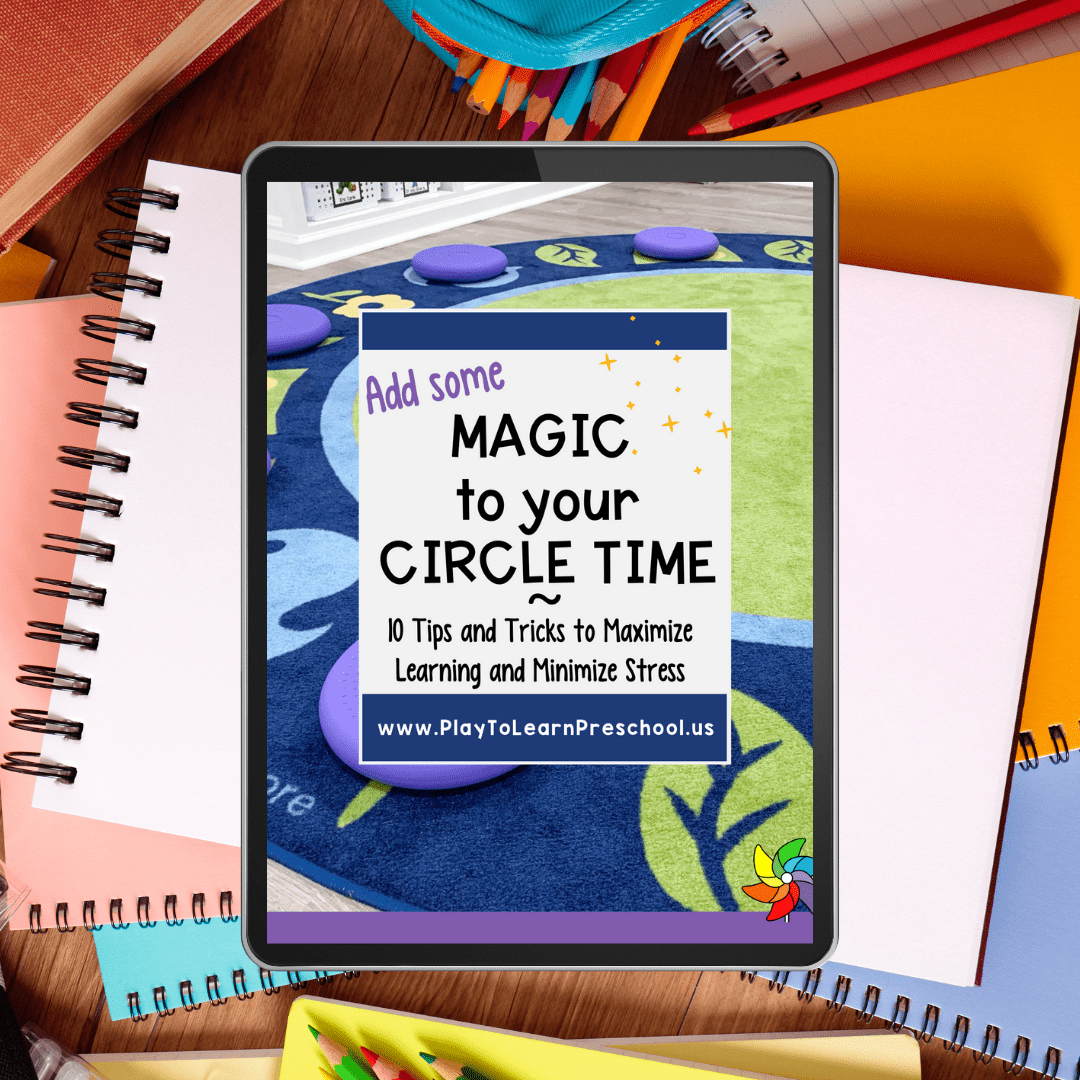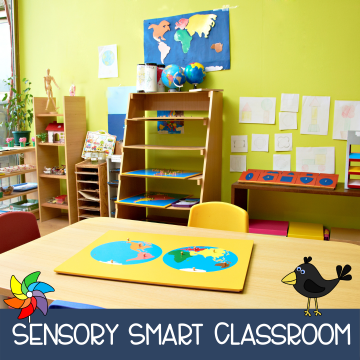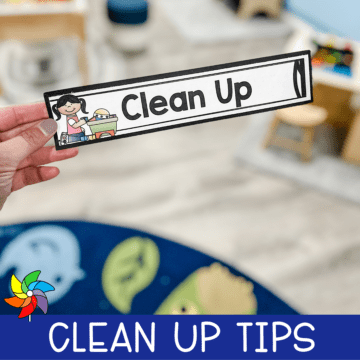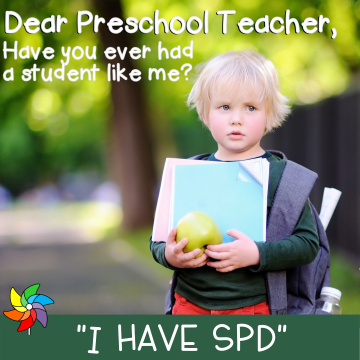Concerns about a child’s development are an inevitable part of teaching. As teachers care for their students and only want the best for them, this is natural. Sharing those concerns with parents, however, can be an intimidating, yet vital, conversation to have.
First things First: Acclimate
At the beginning of the year, it is so important to build a positive rapport and relationship with both the child and the parents. Spend one-on-one time with each child getting to know his personality, as well as likes and dislikes. Share lots of positive news and send “happy grams” home with every child. Make sure that every family knows how much you care right from the start. It’s difficult to assess the developmental level of a child that you don’t know well.
If (err, when) problems start to arise in your classroom, try all the usual tactics:
- Double-check your expectations. Are most children able to meet them? Have you taken into account the child’s attention span, motor skills, culture, and home language?
- Model appropriate behaviors. Practice them together. Model again. Repeat!
- Provide visual cues (like this one for circle time) to make sure the children understand exactly what you expect.
- Give it time. For many young children, preschool is a whole new world– new people, new furniture, new rules, new expectations. It takes time to settle in.
Second: Observe and Document
Good observations are a crucial part of assessing all preschool children.
- Jot down notes on sticky paper.
- Have little checklists all over the room and at the end of the day, take the sticky notes and put them into a notebook.
- Sit back for a few minutes while a co-teacher leads the class and write directly into a notebook or computer. When we are observing children about whom we have concerns, though, it is especially important to remember good observation skills:
- Be objective! (No emotions, no interpretation, just the facts)
- Keep it simple! (Who, what, when, where, etc.)
- Record both “positive” and “negative” observations.
Distinguishing between Typical and Concerning Behaviors
It is extremely important to make the distinction between undesirable preschool behaviors that are developmentally expected and ones that are of greater concern. It is also good to remember that some developmentally appropriate behaviors, such as tantrums, can become concerning when they are excessive in either intensity or frequency.
(Please note that these are only examples of some of the behaviors you might see.)
Some Typical Preschool Developmental Behaviors:
- Whining
- Crying
- Pushing
- Grabbing
- Not sharing
- Active/Energetic
Atypical Preschool Behaviors:
- Avoids eye contact
- Lack of communication
- Excessive aggression
- Hyperfocused behavior (will ONLY play by spinning wheels on cars, for example)
- Unable to be redirected to other activities
- Excessive tantrums, especially during transitions
Next: Conference with the Parents
If through your observations and knowledge of child development, you feel that it would benefit the child to have an expert take a closer look, it’s time to have a conference with the parents.
- Start on a positive note. Be genuine. Every child has great things about them, and now is the time to let the parent know that Billy builds the most amazing block creations, or Sanjay shows a real connection with the class pet.
- Let the parents take the lead. Ask the parents, “Do you have any questions or concerns about your child’s development?” Some will immediately lead you into the discussion you want, some will simply say, “Nope.”
- Share your viewpoint. Start with a phrase like, “I have observed a few things that I would like to share with you.”
- Reassure the parent. Tell them “First of all, Jill is so lucky that you are her mom – you’re doing a great job!” or something similar.
- Objectively compare to typical behavior. “Most of the class is able to clean up when I play the clean up song, but Billy throws blocks and screams at the teachers.” or “Most of the class loves it when I call out their names during the circle time song, but Jill doesn’t make eye contact or respond at all when I say her name.”
- Give the parents a direction to go. Share with them the Early Intervention or other agencies that can help with diagnostic screening or encourage them to make an appointment with the pediatrician to discuss the concerns and rule out any problems.
A quick note of caution:
Unless you are trained and licensed to do so, DO NOT MAKE ANY TYPE OF GUESS OR DIAGNOSIS.
Sometimes, a parent will become defensive or refuse to believe you that there is any cause for concern. This is to be expected. Remember, it is extremely difficult for the parents to hear that their child is struggling – even harder than it is for you to tell them. Other times, the parent will thank you profusely for validating their inner doubts. Regardless, it is up to the parent to take the next step.
Finally: Teamwork is the Best Answer
Follow up the conference with a short, positive email that summarizes the development concerns in a short list. Close with a personal invitation to let you know how the next step (a pediatrician appointment, developmental screening, or another specialist appointment) goes. It is often a good idea to remind the parent that you have their child’s best interest at heart. After all, you are spending hours with their child every week, and you want them to succeed as well. Let them know that you are on their team!
Click HERE if you’re in the U.S. to view a list of early intervention services by state.

FREE Circle Time Ebook!
Tips and tricks to maximize learning and minimize stress!
After you subscribe, you will be redirected to the FREE Ebook. We respect your privacy. Unsubscribe at any time.



